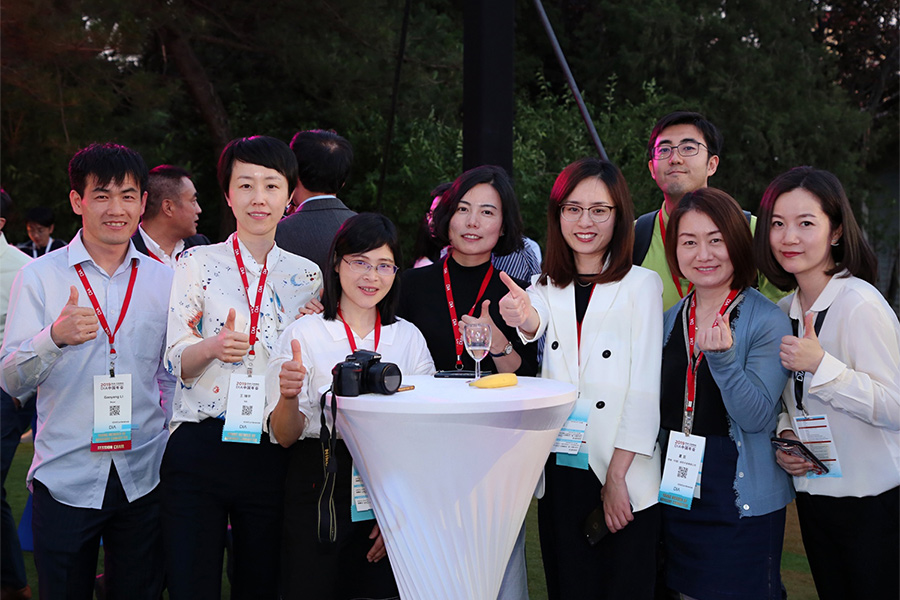DIA China Advisory Council Young Members
Clinical Development in China in the Age of Innovation
Accelerating Change from “Me Too” to “Me Better” or “Me First”
Accelerating Change from “Me Too” to “Me Better” or “Me First”
Ruihua Wang
Associate Medical Director
BeiGene
I
n the context of opportunities opened by recent sweeping reforms by the National Medical Products Administration (NMPA), new challenges to new drug development are emerging in China. One challenge is that sponsor companies tend to throw their enthusiasm behind innovations such as the hot “PD-1/PD-L1” targets, most employing “Me Too” or “Fast Follow-On” drug development strategies. In the journey to transform China from an imitator to an innovator nation in pharmaceutical development, the distance to travel from “Me Too” to “Me Better” or “Me First” remains long.
Key Takeaways
- Be practical: Accept reality and find appropriate real solutions: Increased patience in early phase studies could generate more, and more robust, scientific data that will more efficiently guide later study phases. But sponsors cannot be TOO patient; they must also be willing to prospectively present innovative trial designs and other ideas to regulators to find creative solutions that move innovative products forward. Investigative centers and sites could work on process improvements, especially effective risk management, to protect the well-being of patients. To differentiate themselves from the crowd in immune-oncology, sponsor companies could be more prospective in pursuing “first-in-class” and “best-in-class” therapeutic solutions. As with every aspect and phase of clinical research and development, collaboration with multiple stakeholders remains a critical success factor.
- Strategic differentiation in early development: In the context of drug development, the goals of strategic differentiation include being the first and best product for specific indications on the market (or even in the niche market), the first product with multiple indications, and overall fast market approval. Determining such strategy requires serious, expert consideration of unmet medical needs, study designs, and regulatory pathways, which are of particular importance for sponsors seeking quick approvals. Sponsors in China have traditionally focused clinical development on disease areas with high incidence in China and Asia Pacific. However, rare diseases as well as large population diseases are in urgent need of effective treatments.
- New clinical trial designs: Pharmaceutical or biotechnological companies need to open their minds to be prospective instead of following current guidelines only. Switched from the “one-size fits all” approach to a “personalized and precision medicine” strategy, the patient-centered approach has revolutionized the role of phase 1 trials, not only for dose-finding but also for hypothesis-testing trials aiming at achieving proof of concept of a given biological rationale. The traditional drug development model is challenged by innovations that include molecular enrichment, early development of companion biomarkers, consideration of late or cumulative toxicities, appropriate recommended phase 2 dose definition and customized phase 1 trial designs. The role of early phase trials in accelerating drug development and making it more efficient is increasingly important, and the smart design of phase 1 trials can now strongly influence the “go/no-go” decision for further drug development.


